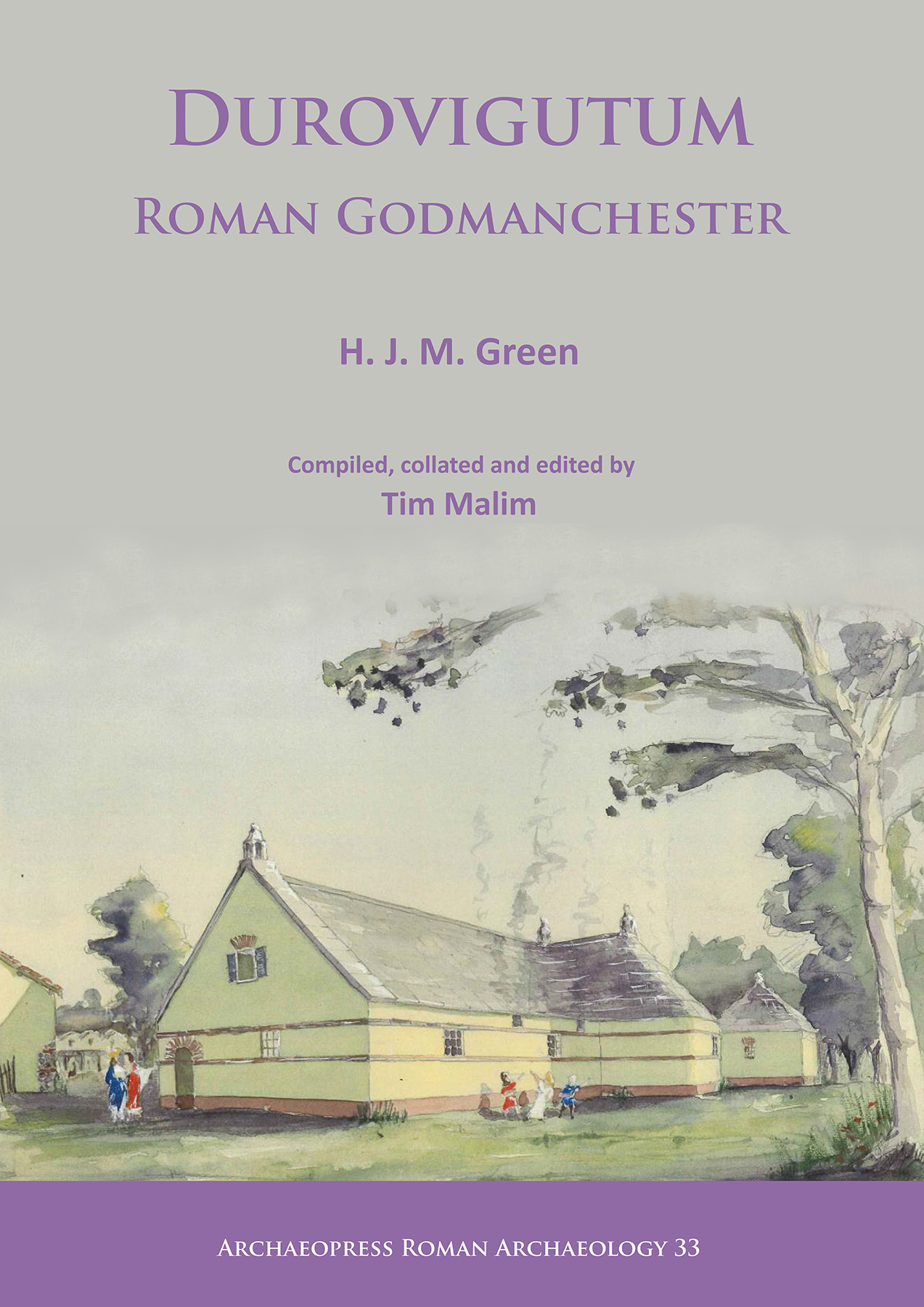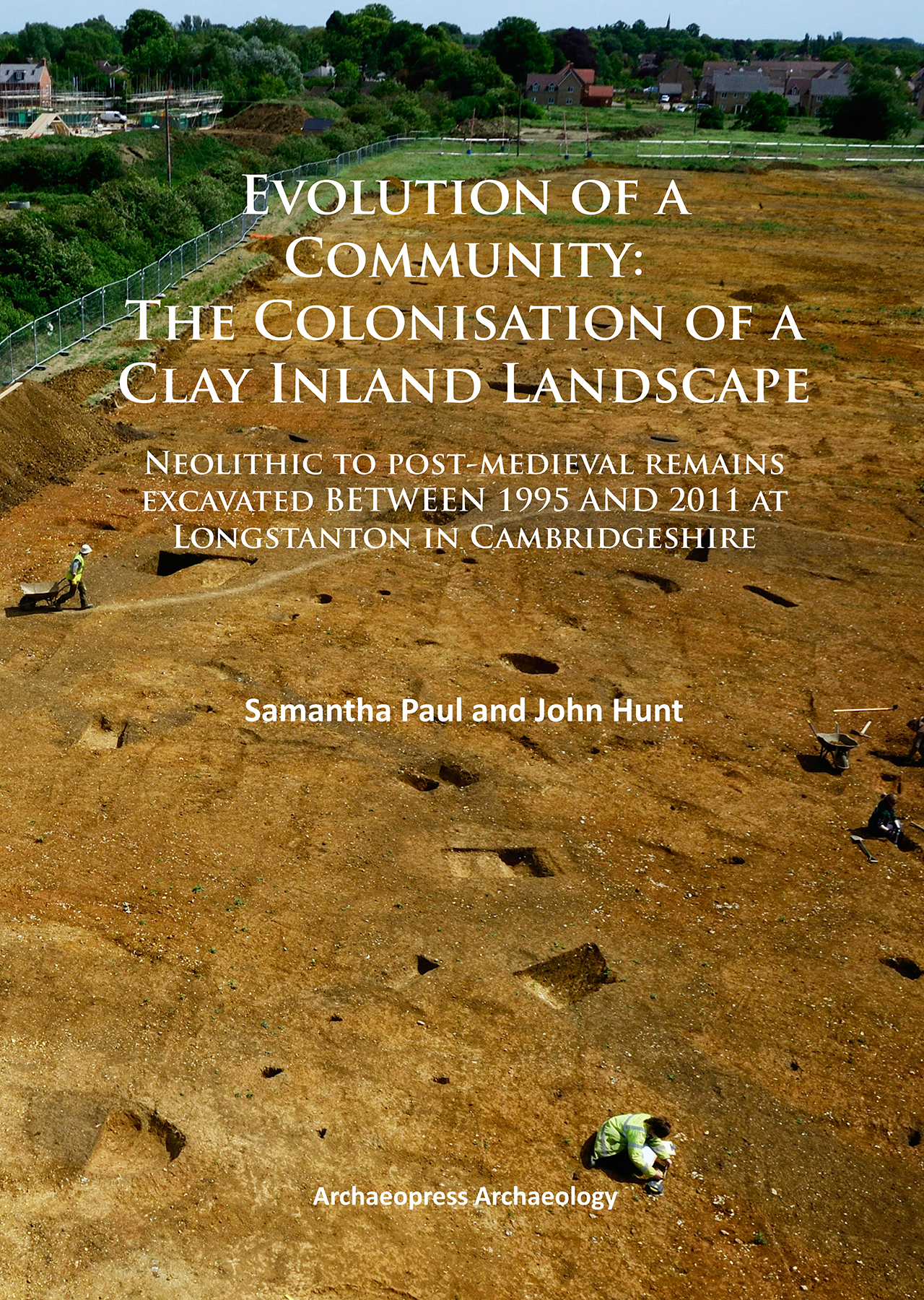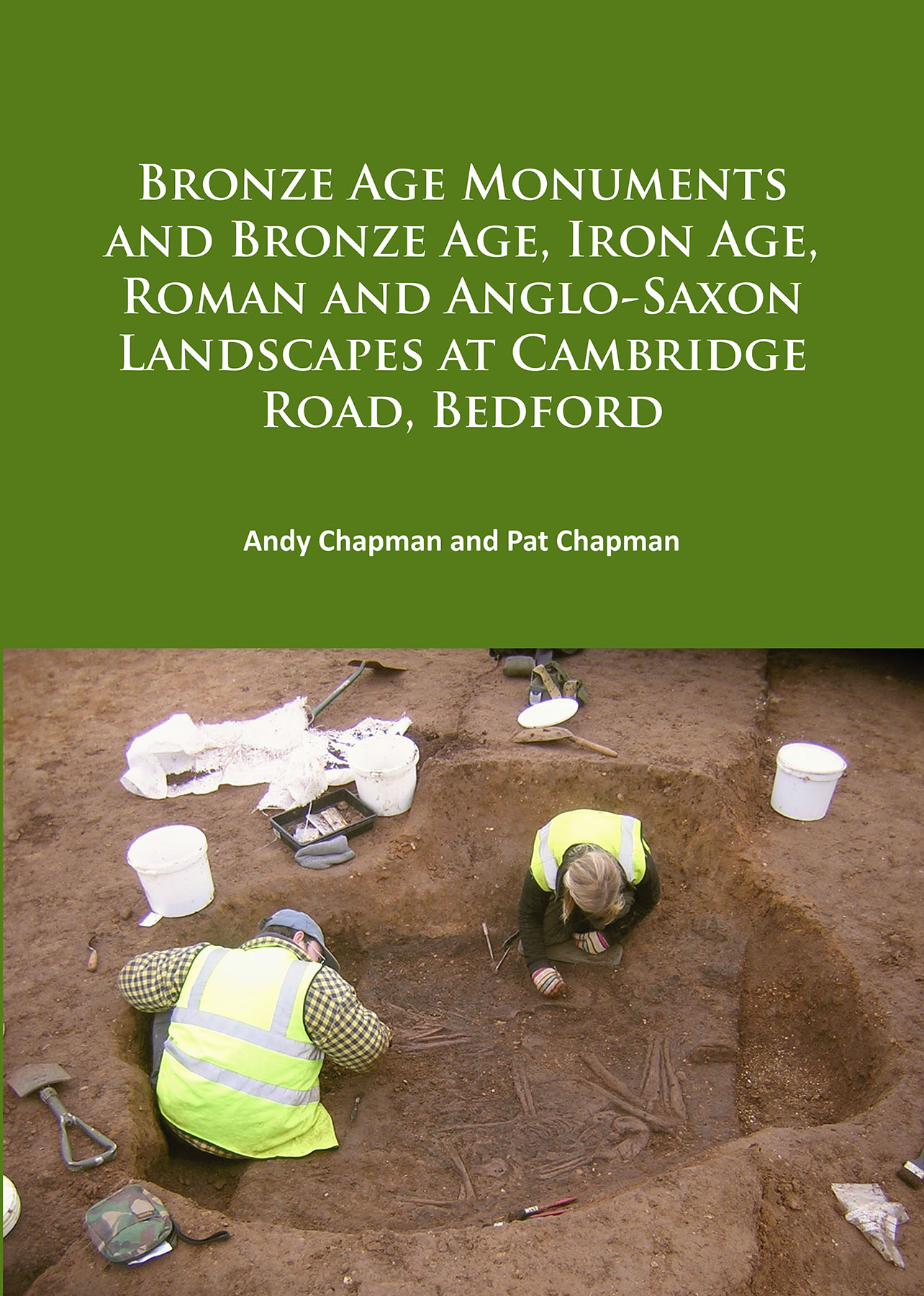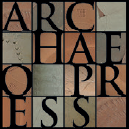
Publishing Scholarly Archaeology since 1997

Download Sample PDF
H 290 x W 205 mm
154 pages
91 figures, 28 tables (colour throughout)
Published Sep 2021
ISBN
Paperback: 9781789698428
Digital: 9781789698435
Keywords
Iron Age; Roman; Cambridgeshire; Enclosure; Domestic Activity
Related titles



Iron Age and Roman Settlement at Highflyer Farm, Ely, Cambridgeshire
This volume presents the results of archaeological work carried out by MOLA (Museum of London Archaeology) at Highflyer Farm in 2018. Remains dating from the Neolithic to the post-medieval period were recorded, with most of the activity occurring between the early Iron Age and late Roman periods
Contents
Chapter 1 Introduction ;
Project background ;
Location, topography and geology ;
Historical and archaeological background ;
Archaeological work within the area ;
Site phasing of the present mitigation ;
Chapter 2 The archaeological evidence ;
Period 1: Late Neolithic to early Bronze Age (3000 BC to 2000 BC) ;
Period 2: Early Iron Age (600 BC to 400 BC) ;
Period 3: Middle Iron Age (400 BC-100 BC) ;
Period 4: Late Iron Age (100 BC-AD 50) ;
Period 5: Early Roman (AD 50-AD 150) ;
Period 6: Middle Roman (AD 150-AD 300) ;
Period 7: Late Roman (AD 300-late 4th century) ;
Period 8: Latest Roman (Up to a least AD 400?) ;
Period 9: Early Saxon ;
Period 10: Late Saxon to medieval ;
Period 11: Post- medieval and modern ;
Undated features ;
Chapter 3 Finds ;
Worked Flint – Yvonne Wolframm-Murray ;
Early Prehistoric pottery – Sarah Percival ;
Iron Age and Roman pottery – Adam Sutton ;
Post-Roman pottery – Paul Blinkhorn ;
Brooches and coins – Nina Crummy ;
Other finds – Tora Hylton ;
The glass – Claire Finn ;
Tile/brick – Rob Atkins
Fired Clay including kiln material and loomweights – Mary Ellen Crothers ;
Millstone and Querns – Andy Chapman ;
Metalworking debris – Andy Chapman ;
Chapter 4 Human, faunal and environmental evidence ;
Human remains – Chris Chinnock ;
Animal bone – Rebecca Gordon ;
Plant macrofossil remains – Sander Aerts ;
Marine shell remains – Sander Aerts ;
Radiocarbon dating ;
Chapter 5 Discussion – Rob Atkins and James Fairclough ;
Overview ;
Period 1: Late Neolithic to early Bronze Age ;
Period 2: Early Iron Age ;
Period 3: Middle Iron Age (c400 BC-100 BC) ;
Period 4: Late Iron Age (c100 BC-cAD 50) ;
Period 5: Early Roman (AD 50-150) ;
Period 6: Middle Roman (AD 150-300) ;
Period 7: Late Roman (cAD 300-late 4th century) ;
Period 8: Latest Roman (Up to a least AD 400?) ;
Period 9: Early Saxon ;
Bibliography
About the Author
James Fairclough is a Project Officer with MOLA Northampton, where he has worked since 2014, leading numerous sites, including the Saxon cemetery at Great Ryburgh and areas on the A14 infrastructure project. Between joining MOLA and graduating with a degree and Masters from the University of Manchester in 2012, he worked for Archaeological Solutions on sites across East Anglia. As well as working in the commercial field, James continues to help supervise research projects in the Vale of Pickering in North Yorkshire, targeting preserved Mesolithic sites. This work has been in conjunction with a number of universities and has included sites such as Star Carr and No Name Hill.Reviews
'This well-produced collaborative volume (with 12 subsidiary authors and two illustrators) presents - very timeously - the results of the 2018 excavation of c.4.5ha of development land on the outskirts of Ely. While intermittent use is attested from the late Neolithic, the periods dominantly represented extend from the middle Iron Age to the late Roman/early Saxon eras.' – Ian Ralston (2022): Current Archaeology #384

 Add to wishlist
Add to wishlist
